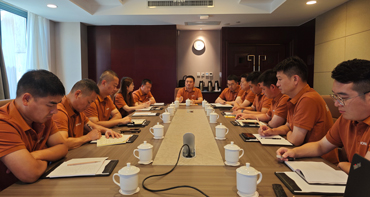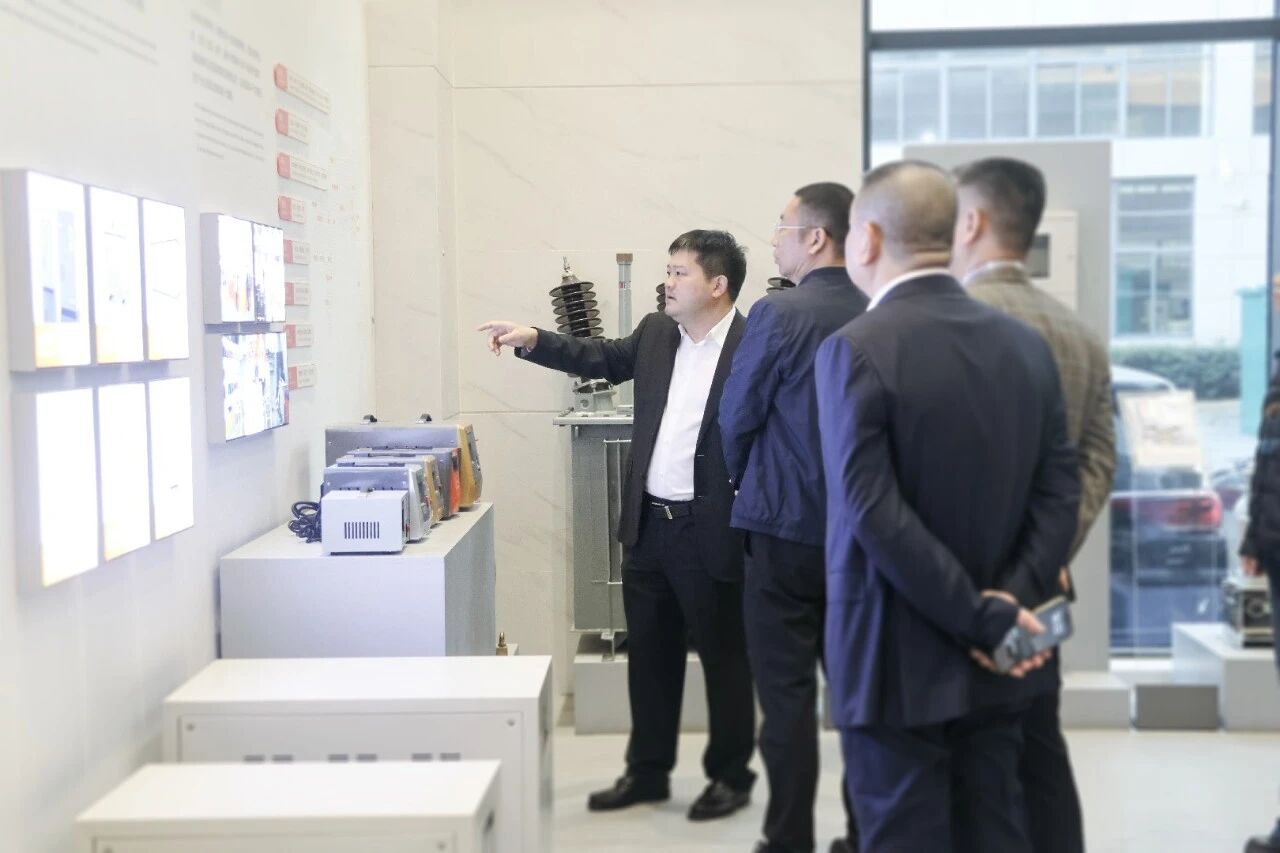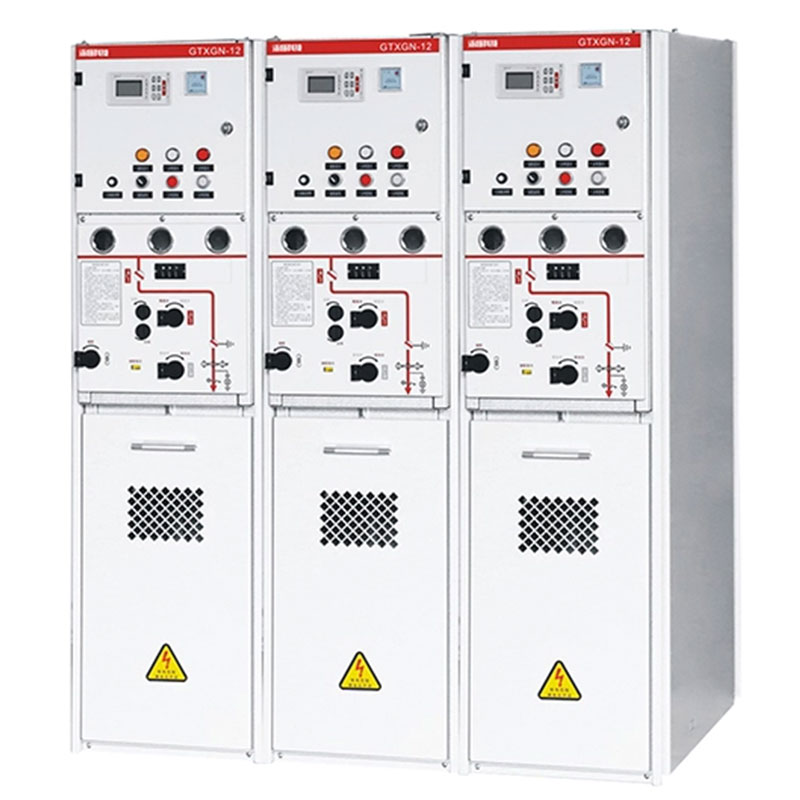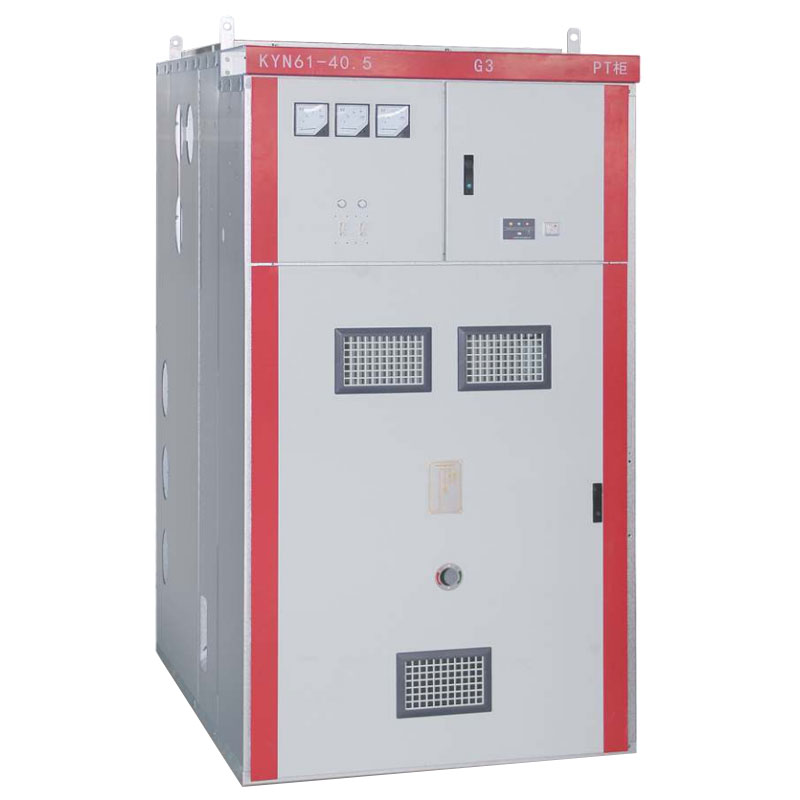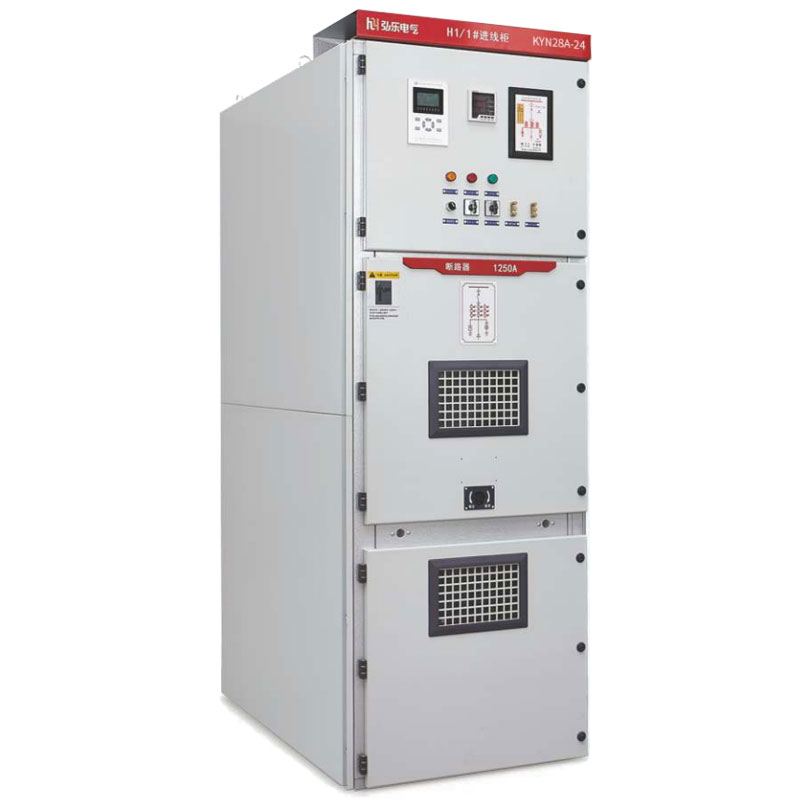Do voltage stabilizers really work?

 Site Editor
Site EditorVoltage stabilizers are designed to regulate fluctuating input voltage to a consistent output, protecting electrical devices from damage caused by surges, drops, or irregular power supply. Whether they "really work" depends on the context, their design, and how they are used. Here's a breakdown of their effectiveness and considerations:
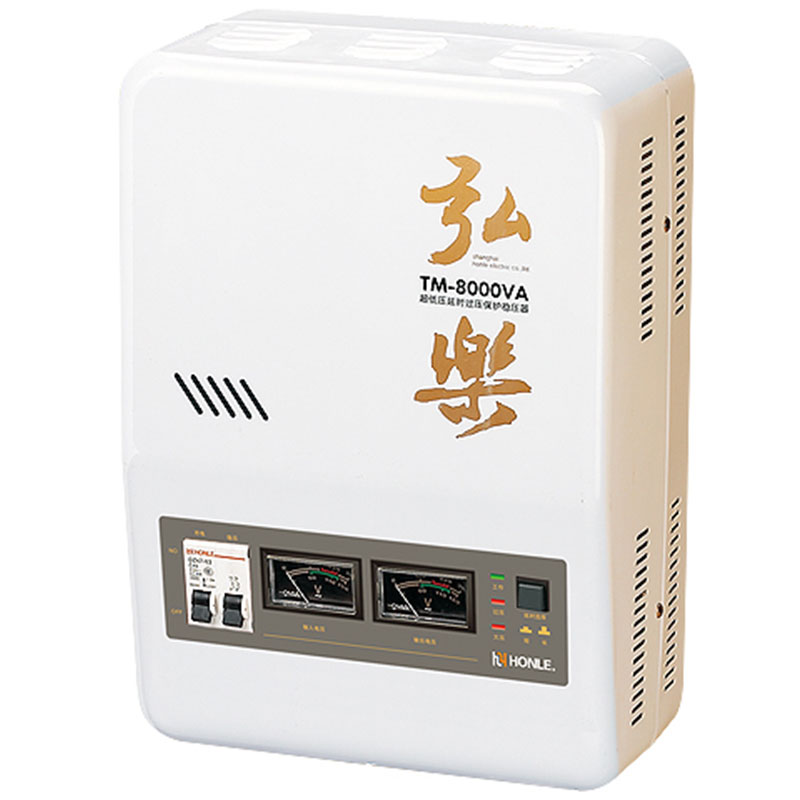
TM Series AC Automatic Relay Voltage Stabilizer
1. How Voltage Stabilizers Work
Most stabilizers use Automatic Voltage Regulation (AVR) technology to monitor input voltage and adjust the output. Common types include:
-
Mechanical Stabilizers: Use relays or transformers to switch taps and adjust voltage (slower response, suitable for moderate fluctuations).
-
Electronic Stabilizers: Use solid-state components (e.g., thyristors, microprocessors) for faster, more precise adjustments (ideal for sensitive devices like computers or appliances).
Their core function is to maintain output voltage within a safe range (e.g., 220V ± 5% for appliances rated for 220V), regardless of input variations (e.g., from 180V to 250V).
2. When They Work Effectively
a. Voltage Fluctuations Are Common
-
Prevent Damage: Protect devices from overvoltage (e.g., burning out circuits) or undervoltage (e.g., motors overheating due to low power).
-
Extend Lifespan: Consistent voltage reduces wear and tear on components (e.g., capacitors in TVs, compressors in AC units).
-
Ensure Proper Functioning: Some devices (e.g., inverters, gaming consoles) require strict voltage ranges to operate correctly; stabilizers prevent malfunction.
b. Correctly Sized and Installed
A stabilizer must match the power capacity of the devices it supports (e.g., a 1kVA stabilizer can’t safely power a 2kVA air conditioner). Under-sizing leads to overload, while over-sizing is inefficient but safe. Proper installation (e.g., grounding, surge protection alongside) enhances effectiveness.
3. Limitations and Scenarios Where They May Not Work Optimally
a. Extreme Voltage Spikes/Surges
Stabilizers are not surge protectors. A sudden spike (e.g., lightning strike, grid fault) exceeding their input range may bypass them, requiring a surge protector or metal-oxide varistor (MOV) for added protection.
b. Very Rapid Fluctuations
Mechanical stabilizers have slower response times (milliseconds), which may not handle ultra-fast transients (nanoseconds). Electronic stabilizers are better here but still have limits depending on their design.
c. Stable Power Grids
In areas with consistent voltage (e.g., most developed countries where utility grids are regulated to tight tolerances), stabilizers may offer minimal benefit. Their effect is negligible if input voltage rarely deviates from the nominal value (e.g., 120V ± 3% in the US).
d. Poor-Quality Stabilizers
-
Fail to regulate accurately (e.g., output voltage drift).
-
Have short lifespans due to low-quality components.
-
Lack safety features (e.g., overheat protection), risking fire or damage.
4. Real-World Evidence and Use Cases
-
Industrial Applications: Heavy machinery, data centers, and manufacturing plants rely on stabilizers (often integrated as part of UPS systems) to prevent production losses from voltage irregularities.
-
Residential Use: In countries like India, Nigeria, or parts of South America, stabilizers are standard for ACs, refrigerators, and TVs due to frequent voltage fluctuations. Studies show reduced breakdown rates in stabilized circuits.
-
Consumer Reports: Independent tests (e.g., by ETL, UL) confirm that certified stabilizers maintain output within specified tolerances under normal conditions.
5. Key Takeaway: Yes, They Work—When Used Appropriately
Voltage stabilizers are effective for their intended purpose: regulating moderate voltage fluctuations to protect devices in unstable power environments. Their efficacy depends on:
-
The severity and type of voltage issues in your area.
-
Choosing a quality, correctly rated stabilizer (check for certifications like CE, ISI).
-
Pairing with surge protectors for comprehensive protection.
For critical devices (e.g., medical equipment, servers), combine stabilizers with UPS systems (for backup power) and surge protectors for a layered defense. In stable grids, they may be unnecessary, but in volatile ones, they are a proven safeguard.
HONLE provides a range of voltage stabilizers and insulation solutions tailored for industrial and utility applications. Our products are designed for practical reliability and long term performance


